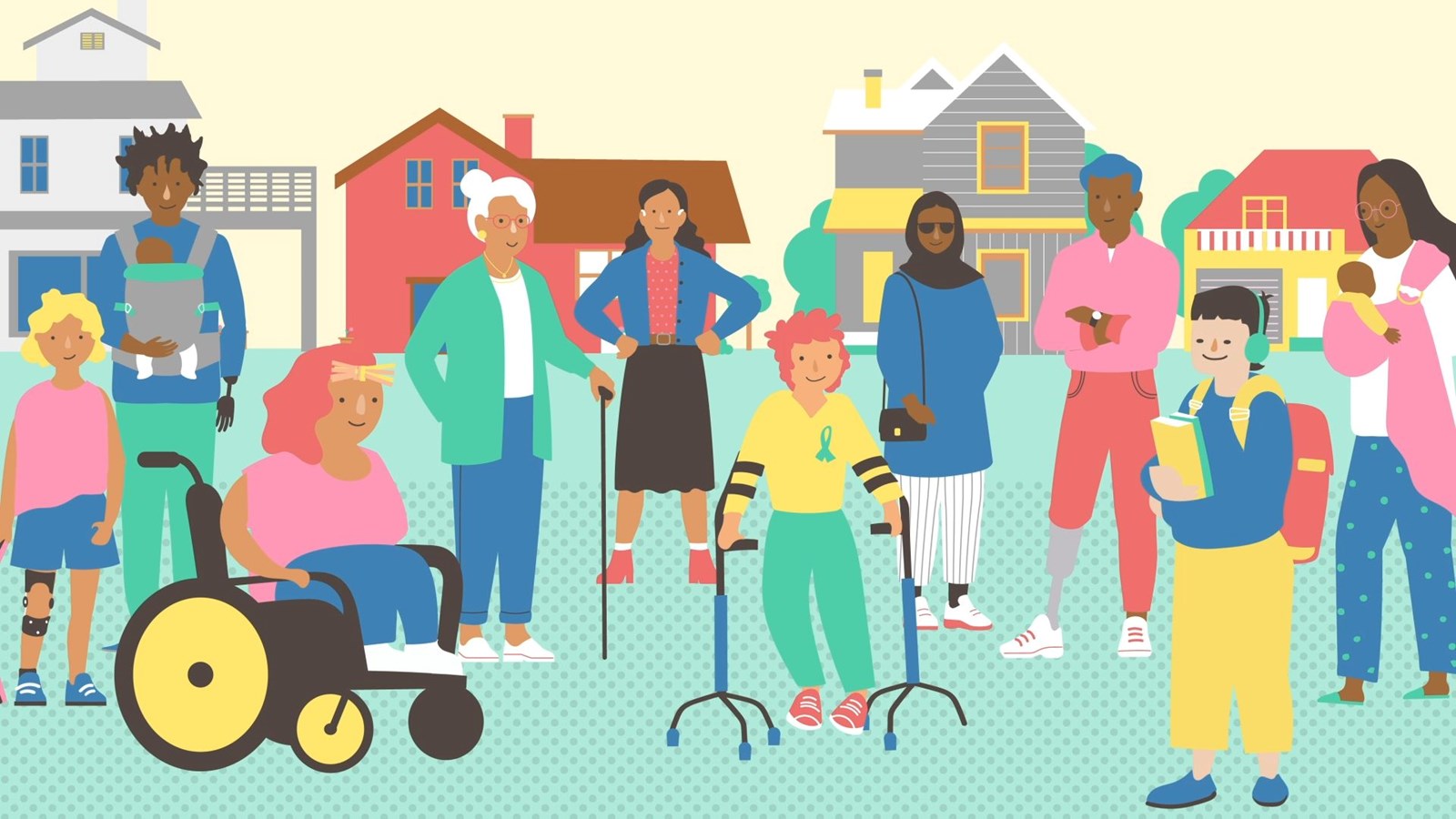Surrey Schools launches accessibility video series to promote common understanding of terms
The district is launching an exciting new four-part animated video series on accessibility to help students, parents and staff better understand language around accessibility, namely the terms disability, barriers, accessibility and inclusion.
Created by the Surrey Schools accessibility working group and advisory committee, the four closed captioned videos are intended to create a common understanding of these terms in school communities across Surrey and White Rock. The first video explores the term disability and how it conjures up specific ideas of what disabilities look like, when in actuality, disabilities can be quite complex, diverse and even unnoticeable.
disability / ˌdɪs əˈbɪl ɪ ti /
noun
1. any condition of the body or mind that makes it difficult for a person to fully and equally participate in the world around them
“When many people think of disability, quite often their first thoughts are of a person using a wheelchair or someone using a white cane,” said Colin Reid, District Principal with Student Support. “That is correct, but what is often less understood is that there are many disabilities that may be less visible, and that disabilities can be both permanent and temporary.
“We hope that by sharing this video with everyone in our community, we can build a common understanding of the term ‘disability’ and help folks to see the broad range of disabilities that people may experience and gain an understanding that a disability can impact anyone, at any age, in any walk of life.”
The videos are part of the Surrey Schools accessibility plan – a three-year roadmap that aims to improve the experiences for those with disabilities in the district and provide equitable access to opportunities – and serve as the first action item to fulfill one of the plan’s four main priorities: to establish a common understanding of accessibility terms.
Highlighted in the debut video, disabilities can be physical such as a spinal cord injury, or sensory such as hearing loss or visual impairment. There is also a wide range of neurodevelopmental or cognitive disabilities, including ADHD, Alzheimer’s, autism, anxiety and depression. Some disabilities are present from birth and others are caused by accidents, illnesses, infections, surgeries or other life events.
“It’s important to know that people with disabilities often lead active lives that include families, sports, hobbies, jobs, school and contributing to your community,” says the video’s narrator.
The accessibility working group and advisory committee collaborated to ensure that the language, story and images in each video aligned with how those with lived experiences with disabilities might want this portrayed. In the spirit of representation, they also came up with the idea to seek out a voiceover artist with a disability to take part in this project.
“In order to do this work properly, we felt it was important to have accurate representation in every step of the process,” said Reid. “We went a step further and worked with our animation company, Artaban, to locate and hire voiceover artists with lived experiences with a disability for all four of the videos.”
The remaining videos on barriers, accessibility and inclusion will be published bi-weekly over the coming weeks. Stay tuned for more in our accessibility video series!


